
Alcohol Education Impact Calculator
Enter values and click calculate to see estimated impact
Quick Takeaways
- Early, evidence‑based education lowers the risk of developing Alcohol Dependence Syndrome (ADS).
- School curricula that blend factual knowledge with life‑skill training are the most effective.
- Family and community outreach reinforces messages learned at school.
- Regular evaluation using clear metrics ensures programs stay on target.
- Common pitfalls include one‑off talks, stigma‑laden language, and lack of cultural relevance.
When talking about harmful drinking, Alcohol Dependence Syndrome is a chronic medical condition characterized by a strong craving for alcohol, loss of control over its use, and continued drinking despite negative consequences. The World Health Organization estimates that roughly 3% of the global adult population meets criteria for ADS each year. While genetics and environment play roles, education remains a powerful lever for prevention. This article walks through how the right learning experiences can stop the pathway to dependence before it starts.
Why Education Matters for Prevention
Data from a 2022 longitudinal study of 12,000 Australian teens showed that students who received a structured alcohol‑risk curriculum were 27% less likely to binge drink by age 18. Similar patterns appear worldwide: a meta‑analysis of 34 school‑based trials reported an average 0.22 reduction in AUDIT (Alcohol Use Disorders Identification Test) scores compared with control groups. The numbers tell a clear story-knowledge, when paired with skill‑building, changes behavior.
Core Components of Effective Education
Effective programs go beyond "don't drink" slogans. They embed three pillars:
- Facts: Accurate information about blood‑alcohol concentration, short‑term impairment, and long‑term health impacts.
- Skills: Decision‑making drills, refusing techniques, and self‑monitoring tools.
- Attitudes: Building a sense of personal agency and reducing stigma around seeking help.
When all three are present, learners develop a realistic view of risk and feel equipped to act.
School‑Based Programs: The Frontline
Schools reach children at a formative age, making them ideal venues for school‑based education programs that integrate alcohol‑risk content into regular curricula. Successful models share these traits:
- Age‑appropriate curriculum: Primary grades focus on brain development, while secondary grades introduce risk‑assessment exercises.
- Interactive delivery: Role‑plays, digital simulations, and peer‑lead discussions keep students engaged.
- Teacher training: Educators receive workshops on facilitating sensitive conversations without judgment.
- Parental involvement: Homework assignments include family discussion guides.
In New South Wales, the “Healthy Choices” curriculum - rolled out to 250 schools in 2023 - reported a 15% drop in first‑time binge episodes among Year 9 students.
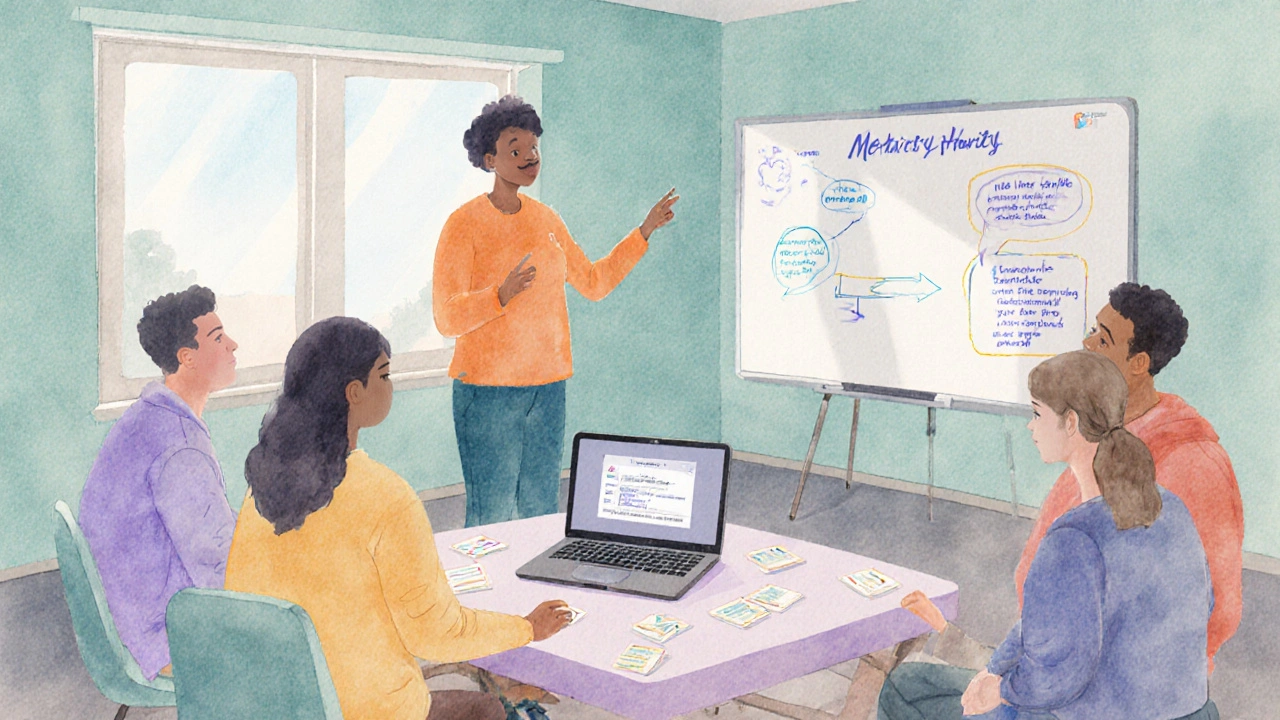
Community and Family Outreach
Education doesn’t stop at the school gate. Community centers, sports clubs, and faith groups amplify the message. A family‑focused program that equips parents with conversation tools and screening checklists can close gaps left by school lessons.
Key tactics include:
- Monthly workshops led by local health workers.
- Printed “talk‑at‑home” cards that translate scientific facts into everyday language.
- Online webinars that address cultural myths around drinking.
When families and community venues align their messaging, adolescents receive consistent cues that reinforce risk‑aware behavior.
Policy, Curriculum Integration, and the Role of Public Health
Government policy can institutionalize education. The Australian National Alcohol Strategy (2024) mandates inclusion of alcohol‑risk modules in Years 7‑12 across public schools. Public health education efforts coordinated by health departments to disseminate evidence‑based prevention content ensures that curricula stay updated with the latest research.
Policies that tie funding to program evaluation encourage schools to track outcomes rather than treating education as a checkbox.
Measuring Impact: Metrics That Matter
Without data, you can’t tell if an education effort works. Core metrics include:
- AUDIT scores: Pre‑ and post‑program surveys reveal changes in drinking risk.
- Binge‑drinking prevalence: School‑based anonymous questionnaires.
- Knowledge retention: Short quizzes administered three months after instruction.
- Help‑seeking behavior: Referral rates to counseling services.
Combining quantitative results with qualitative feedback (focus groups, teacher observations) paints a full picture of program success.
Common Pitfalls and How to Avoid Them
Even well‑intentioned programs can miss the mark. Typical issues:
- One‑off lectures: Single sessions lack reinforcement, leading to rapid decay of knowledge.
- Stigmatizing language: Phrases like "alcoholics are weak" increase shame and deter help‑seeking.
- One‑size‑fits‑all content: Ignoring cultural or socioeconomic differences reduces relevance.
Solutions involve embedding recurring modules, using neutral, health‑focused terminology, and adapting content to local contexts.

Practical Checklist for Educators
- Map curriculum to age‑specific learning objectives.
- Secure training for teachers on facilitation skills.
- Integrate interactive activities (role‑plays, digital games).
- Provide take‑home materials for families.
- Set up a baseline survey and schedule follow‑up assessments.
- Allocate budget for periodic program review.
Side‑by‑Side Comparison: School vs Community Education
| Aspect | School‑Based | Community‑Based |
|---|---|---|
| Primary Audience | Students (ages 12‑18) | Families, youth groups, adults |
| Delivery Mode | Integrated lessons, teacher‑led | Workshops, webinars, peer circles |
| Frequency | Termly modules with reinforcement | Monthly or quarterly events |
| Evaluation Tools | Standardized test scores, AUDIT | Community surveys, referral rates |
| Strengths | Captive audience, curriculum support | Broader reach, cultural tailoring |
| Challenges | Limited teacher time, curriculum overload | Variable attendance, funding gaps |
Next Steps for Decision Makers
Policymakers and school boards can start by auditing existing health lessons, allocating modest funds for teacher training, and piloting the comparison table’s recommended blended approach. Early adopters should publish results to build a national evidence base.
Frequently Asked Questions
How early should alcohol‑risk education begin?
Research shows that introducing basic concepts about brain development and substance effects by age 10 helps children form healthier expectations before peer pressure peaks in early adolescence.
Can a single lecture ever be effective?
One‑off talks can raise awareness but rarely change behavior. Effective programs repeat key messages over months and combine knowledge with skill‑building activities.
What role do parents play in prevention?
Parents model drinking norms and can reinforce school lessons at home. Providing them with conversation guides and screening tools dramatically improves adolescent outcomes.
How is program success measured?
Success is tracked through reductions in AUDIT scores, lower binge‑drinking prevalence, increased knowledge retention, and higher rates of help‑seeking among students.
Is there evidence that education reduces long‑term Alcohol Dependence Syndrome?
Longitudinal studies in Europe and Australia link comprehensive school‑based programs with a 20‑30% reduction in adult ADS diagnoses, confirming that early education has lasting protective effects.

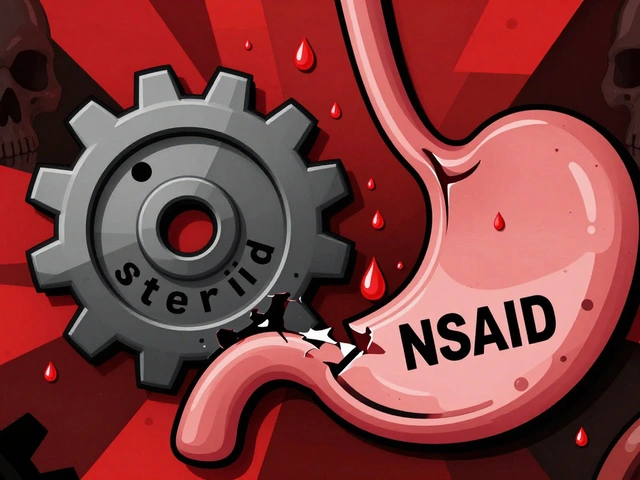

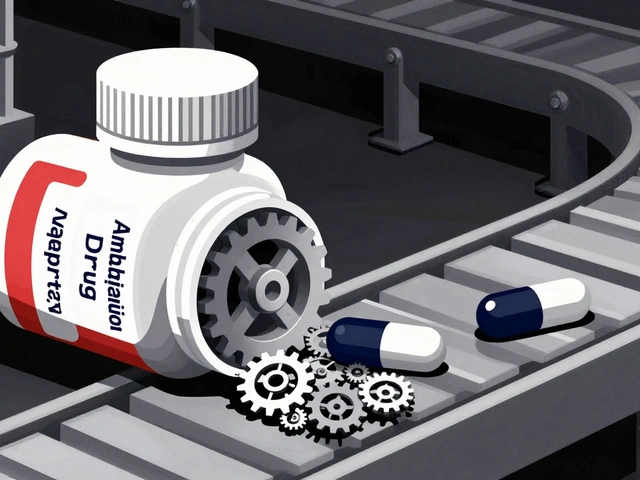
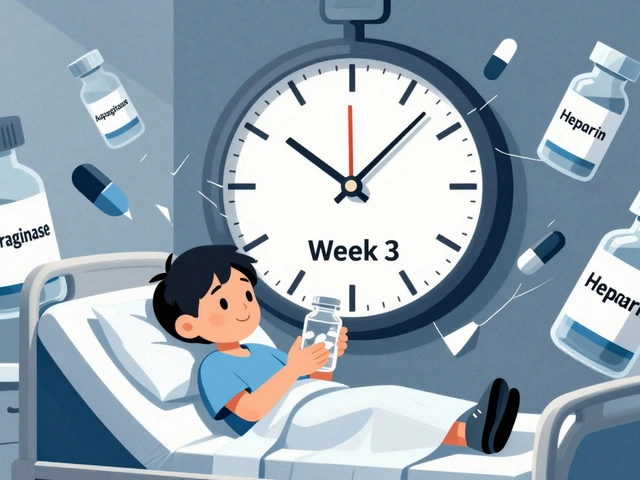
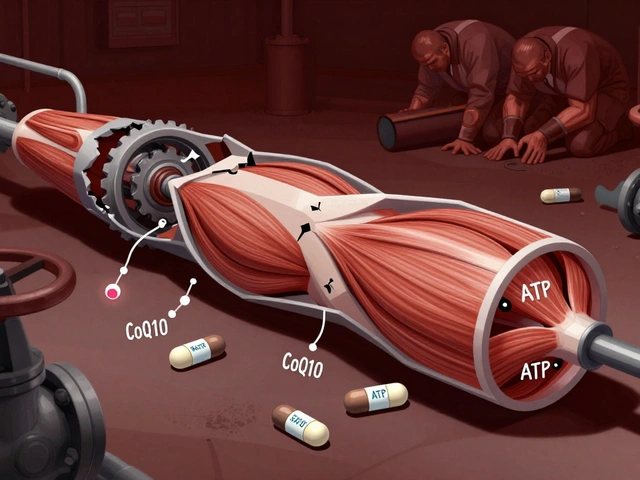
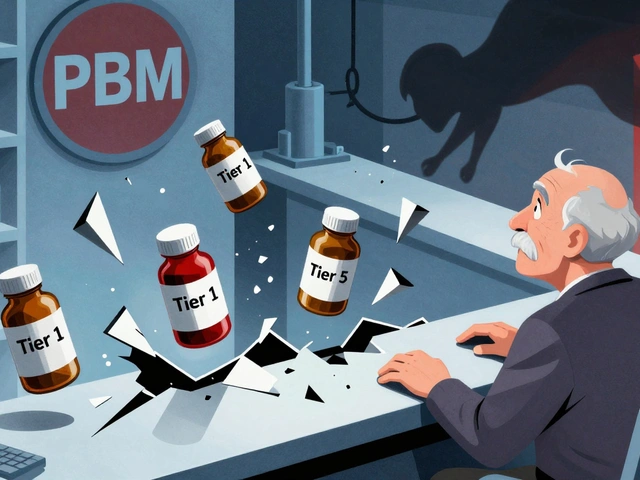
10 Comments
Education is the only weapon we have against the scourge of alcohol dependence.
Thanks for the detailed breakdown. The data you presented underscores how structured curricula can shift behavior. It's crucial that educators receive proper training so they can deliver the material effectively. Integrating skill‑building with factual knowledge creates a solid foundation for lifelong healthy choices.
Patriots must demand that our schools stop coddling teens with half‑baked lectures. Real education means drilling hard‑hitting facts and tough love, not spoon‑feeding sugar‑coated myths about drinking. If we let foreign‑born “experts” dictate curriculum, we betray our youth. The nation’s future depends on brewing a culture of responsibility, not pandering to liberal soft‑core agendas.
Ah, the melodrama! 🎭 One must appreciate the theatrical flair, yet the reality bites harder than any stage‑craft. 🗡️ While your fire‑brand rhetoric ignites tempers, remember that evidence‑based programs, not thundering slogans, win the battle. 😎 Let us raise the curtain on data, not just dramatics.
Great points! I’d add that involving parents can amplify the school’s efforts. Simple conversation guides at home reinforce what kids learn in class. When families and teachers speak the same language, the message sticks much better.
Absolutely! 😊 Providing parents with clear, research‑backed talking points equips them to address alcohol myths confidently. 📚 Moreover, community workshops can bridge gaps where schools lack resources. Let’s keep the momentum and share toolkits widely! 🚀
Education works best when it’s repeated and relatable. Short lessons fade fast; regular drills keep the knowledge fresh.
When I first walked into a school to talk about alcohol risks, I could see the curiosity flickering in the students’ eyes like tiny lanterns in a dark hallway. I realized early on that the success of any program hinges not merely on the facts we deliver, but on the trust we build with each learner, because trust is the fertile soil in which knowledge can truly take root. Over the years I have watched curricula evolve from bland lecture slides to immersive role‑play scenarios where students practice refusing a drink in a realistic setting, and the difference in engagement is night and day. It is essential to start conversations about brain development and the science of intoxication at a young age, even as early as ten, so that children develop a framework for understanding why certain choices carry risks. Consistency is another pillar; a single talk on a Friday afternoon will soon be forgotten, but a series of reinforced lessons spread across terms creates a lasting imprint. I also encourage teachers to undergo regular professional development, because their confidence in handling sensitive topics directly influences how students perceive the information. Moreover, involving families through take‑home packets and guided discussion prompts helps extend the learning environment beyond the classroom walls, turning the home into a supportive ally rather than an isolated sphere. In my experience, community partnerships-such as local health clinics offering counseling or sports clubs reinforcing healthy habits-magnify the program’s reach and credibility. Evaluation should never be an afterthought; establishing baseline AUDIT scores and revisiting them every semester provides concrete evidence of progress and highlights areas needing adjustment. When data shows a drop in binge‑drinking prevalence, it fuels motivation for both staff and students to keep pushing forward. Conversely, if numbers stagnate, it signals a need to revisit the content, delivery method, or cultural relevance of the material. I have found that customizing examples to reflect the cultural and socioeconomic realities of the student body can dramatically increase relevance and retention. For instance, using locally popular beverages in risk calculations makes the abstract concept of Blood Alcohol Content more tangible. Additionally, fostering an environment where students feel safe to voice concerns without judgment cultivates a peer‑support network that can intervene before risky behavior spirals. It is also worthwhile to celebrate small victories-like a class achieving a 10% reduction in reported drinking incidents-to reinforce positive behavior change. Ultimately, the goal is not merely to lower statistics but to empower young people to make informed, autonomous decisions that protect their health and future. By weaving together facts, skills, attitudes, and community support, we build a resilient buffer against the lure of alcohol dependence, one student at a time.
Insightful overview, the layered approach you describe is exactly what schools need.
While I deeply appreciate the empathy embedded in your summary, I must voice a harsh truth: half‑hearted attempts will never eradicate alcohol dependence, and the stakes are too high for complacency. The data you cited is compelling, yet many districts still cling to outdated curricula, masquerading as progress while delivering nothing but superficial lectures. It infuriates me to see decision‑makers hide behind budget constraints, ignoring the long‑term costs of addiction on our society-costs that manifest as lost productivity, broken families, and spiraling healthcare expenses. We must demand relentless accountability, insisting that every classroom adopt evidence‑based modules, regular skill drills, and rigorous evaluation, without exception. Moreover, the community cannot remain a passive observer; local leaders, parents, and health professionals must rally to fill the gaps left by underfunded schools. Your call for cultural relevance is spot on, but it requires active collaboration with the very youths we aim to protect, allowing them to co‑design messages that resonate. Let us not be satisfied with incremental reductions; we should aim for a generational shift where alcohol misuse becomes a relic of the past. The anger I feel is rooted in love for our future generations, and I trust that together we can channel this fire into concrete action that saves lives.